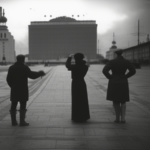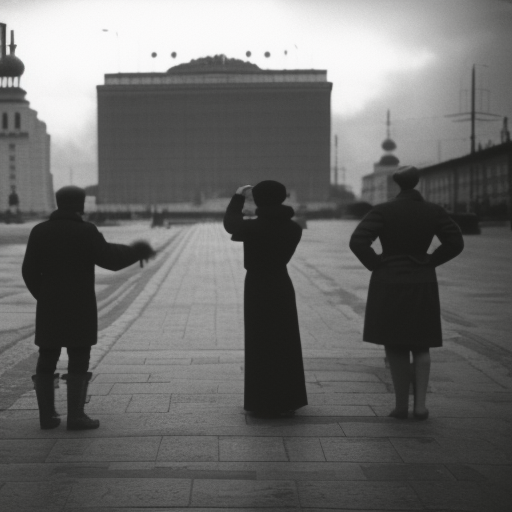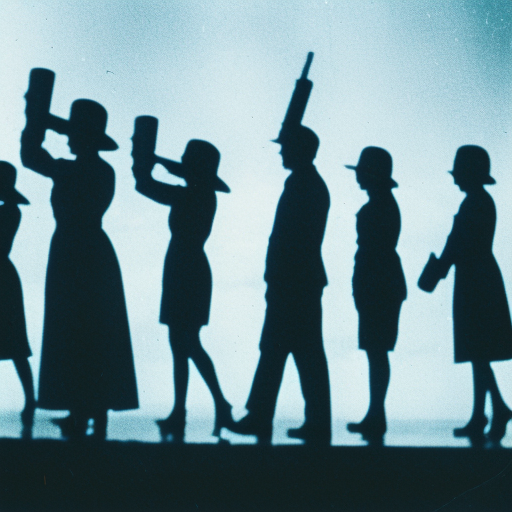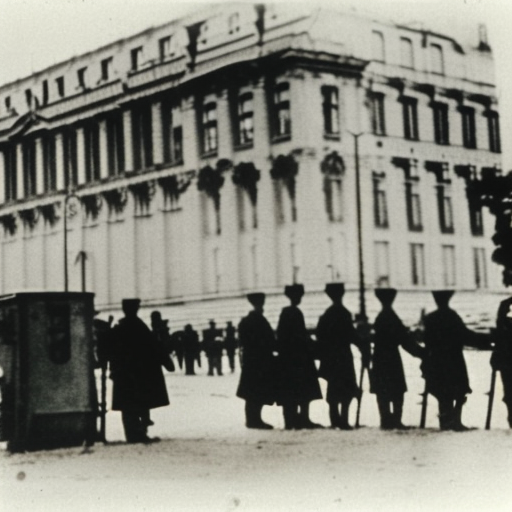The Glasnost and Perestroika
The Glasnost and Perestroika were two significant policies implemented in the Soviet Union during the 1980s under the leadership of General Secretary Mikhail Gorbachev. These policies aimed to bring about political and economic reforms, as well as greater openness and transparency in Soviet society.
Glasnost:
Glasnost, meaning “openness” or “publicity,” was a policy introduced by Gorbachev in 1985. It sought to promote freedom of speech, press, and information, allowing for more open discussion and criticism of the government. Glasnost aimed to break the culture of secrecy and censorship that had long characterized the Soviet Union.
Under Glasnost, previously banned books and films were allowed to be published and shown, and previously suppressed historical events were acknowledged. It also led to the release of political prisoners and allowed for greater public participation in decision-making processes. The media became more independent, and journalists were given more freedom to report on a wider range of topics.
However, Glasnost also had unintended consequences. It unleashed a wave of pent-up grievances and nationalist sentiments across the Soviet Union, leading to increased demands for greater autonomy and independence from various republics within the country. This ultimately contributed to the dissolution of the Soviet Union in 1991.
Perestroika:
Perestroika, meaning “restructuring,” was another policy introduced by Gorbachev in 1985. It aimed to revitalize the Soviet economy by introducing elements of market-oriented reforms and decentralization. The goal was to make the Soviet economy more efficient, productive, and responsive to the needs of the people.
Perestroika involved measures such as allowing limited private ownership of businesses, encouraging foreign investment, and decentralizing economic decision-making by giving more autonomy to state enterprises. It also aimed to reduce the bureaucratic red tape and corruption that had plagued the Soviet system.
However, the implementation of Perestroika faced numerous challenges. The Soviet economy was heavily centralized and inefficient, and the transition to a market-oriented system proved to be difficult. The reforms led to price liberalization, which caused inflation and shortages of essential goods. The dismantling of state subsidies and protectionism also resulted in the closure of many unprofitable enterprises, leading to unemployment and social unrest.
Perestroika also faced resistance from conservative elements within the Soviet establishment who were opposed to the dismantling of the socialist system. Gorbachev’s attempts to balance political and economic reforms often created tensions within the ruling Communist Party.
In conclusion, the Glasnost and Perestroika policies implemented by Mikhail Gorbachev in the 1980s aimed to bring about political and economic reforms in the Soviet Union. Glasnost sought to promote openness and transparency, allowing for greater freedom of speech and press. Perestroika aimed to revitalize the Soviet economy through market-oriented reforms and decentralization. However, these policies faced challenges and unintended consequences, ultimately contributing to the dissolution of the Soviet Union.












